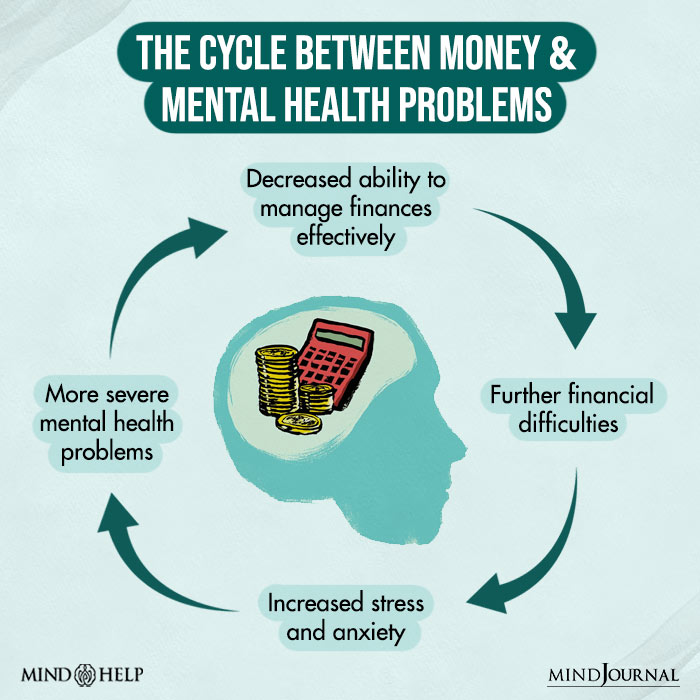
Cultivating Stability: The Path to Family Financial Health
Financial health is the cornerstone of a prosperous and secure family life. In this guide, we’ll delve into the essential elements that contribute to family financial health, providing insights and strategies for nurturing a stable and thriving financial future.
Assessing the Current Financial Landscape
The first step on the journey to family financial health is a thorough assessment of the current financial landscape. Take stock of income, expenses, debts, and assets. Understanding the complete financial picture allows for informed decision-making and sets the stage for crafting an effective financial health plan.
Creating a Realistic Budget
A realistic budget forms the foundation of family financial health. Detail all sources of income and categorize expenses, differentiating between needs and wants. Establishing a budget not only aids in managing day-to-day finances but also guides long-term financial planning, ensuring that resources are allocated efficiently.
Prioritizing Emergency Savings
Emergency savings are a critical component of family financial health. Establish a dedicated emergency fund to cover unforeseen expenses, such as medical emergencies or sudden home repairs. A robust emergency fund acts as a financial safety net, providing peace of mind and preventing the need to resort to high-interest debt in times of crisis.
Strategic Debt Management
Effectively managing and reducing debt is pivotal for family financial health. Prioritize high-interest debts and develop a systematic repayment strategy. This may involve the debt snowball method, tackling smaller debts first, or the debt avalanche method, focusing on high-interest debts. Strategic debt management frees up resources for savings and investments.
Investing in Education and Financial Literacy
Promoting financial literacy within the family is an investment in long-term financial health. Educate family members about budgeting, investing, and making informed financial decisions. Instilling a sense of financial responsibility from an early age empowers individuals to contribute to the overall financial well-being of the family.
Health Insurance and Protection
Safeguarding family financial health involves securing adequate insurance coverage. Health insurance, life insurance, and property insurance protect against unexpected events and mitigate financial risks. Evaluate existing insurance policies to ensure they align with the family’s evolving needs and provide comprehensive coverage.
Diversifying Income Streams
Diversifying sources of income enhances family financial health and resilience. Explore opportunities for additional income streams, such as side businesses, freelance work, or passive income through investments. A diverse income portfolio provides financial stability and flexibility, reducing dependency on a single source of income.
Long-Term Savings and Investments
Building wealth for the future is a key aspect of family financial health. Establish long-term savings goals, such as retirement planning and education funds for children. Invest strategically in a diversified portfolio to grow wealth over time. Consistent contributions to long-term savings and investments secure the family’s financial future.
Regular Financial Check-Ins
Family financial health is an ongoing commitment that requires regular check-ins. Schedule periodic reviews of the family’s financial plan, reassess goals, and make adjustments as needed. Regular financial check-ins ensure that the family remains on track, addresses challenges promptly, and celebrates milestones along the way.
Utilizing Family Financial Health: A Comprehensive Tool
Integrating tools like Family Financial Health into your financial management enhances the effectiveness of your financial health plan. This platform offers features such as budget tracking, goal setting, and personalized insights, providing a comprehensive approach to family financial health. Utilizing such tools streamlines financial management and facilitates a proactive approach to financial well-being.
In conclusion, family financial health is a dynamic and multifaceted endeavor that requires intentional planning and continuous effort. By assessing the current financial landscape, creating a realistic budget, prioritizing emergency savings, and leveraging tools like Family Financial Health, families can cultivate stability and nurture prosperous futures. The journey involves collaboration, education, and a commitment to the long-term financial well-being of the entire family.
